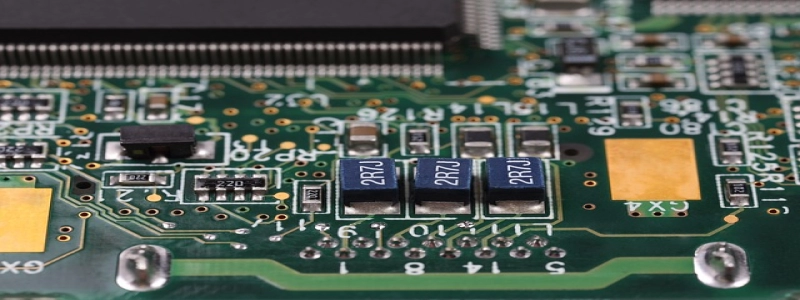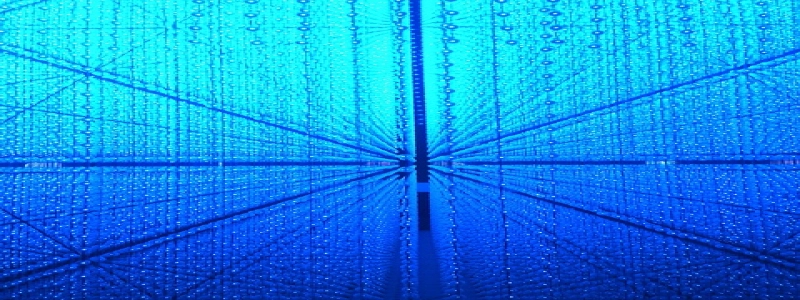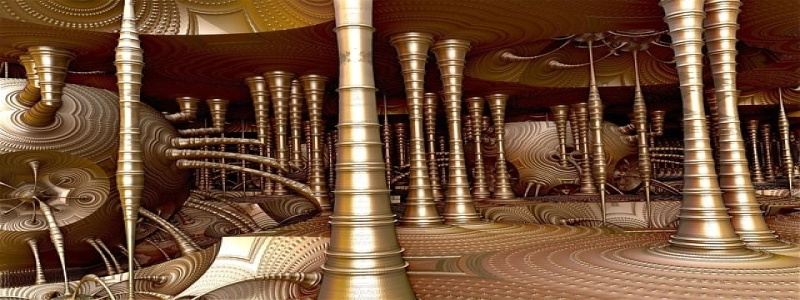标题: Why Does Dispersion Occur?
مقدمة:
Dispersion refers to the phenomenon of different wavelengths of light separating as they pass through a medium, such as a prism or a droplet of water. While dispersion may seem like a simple optical process, it is actually a result of various complex mechanisms at play. In this article, we will explore the reasons behind why dispersion occurs.
أنا. Refraction of Light:
The primary reason for dispersion is the phenomenon of refraction. When light transitions from one medium to another, such as from air to glass, it changes its speed and direction. This change in the speed and direction of light rays is the result of their interaction with the atoms or molecules in the medium. As light passes through a prism or a droplet of water, it is refracted at different angles depending on its wavelength.
ثانيا. Index of Refraction:
Another factor contributing to dispersion is the variation in the index of refraction for different wavelengths of light. The index of refraction determines how much a light ray is bent as it enters a medium. Different wavelengths of light experience different indices of refraction due to their interaction with the atoms or molecules in the medium. This variation leads to the separation of light into its constituent colors.
ثالثا. Material Composition:
The material composition of the medium through which light passes also plays a crucial role in dispersion. For example, a prism made of glass will cause different amounts of dispersion compared to a prism made of plastic. This variation is because different materials have different refractive indices, which affects the extent of dispersion. Additionally, impurities or irregularities in the material can also influence the degree of dispersion.
رابعا. Dispersion and the Electromagnetic Spectrum:
The electromagnetic spectrum encompasses a wide range of wavelengths, from long radio waves to short gamma rays. Each color in the visible spectrum has a different wavelength, and therefore, it experiences different degrees of dispersion. Red light has a longer wavelength and is less refracted compared to blue light, which has a shorter wavelength and is more refracted. This variation in dispersion is what allows us to see the different colors when white light is separated.
خاتمة:
Dispersion occurs due to the complex interplay of refraction, the variation in the index of refraction, material composition, and the electromagnetic spectrum. These factors result in the separation of different wavelengths of light, allowing us to witness the beautiful colors in everyday phenomena like rainbows and prisms. Understanding the reasons behind dispersion not only deepens our knowledge of optics but also enhances our appreciation for the dazzling array of colors that surround us.








